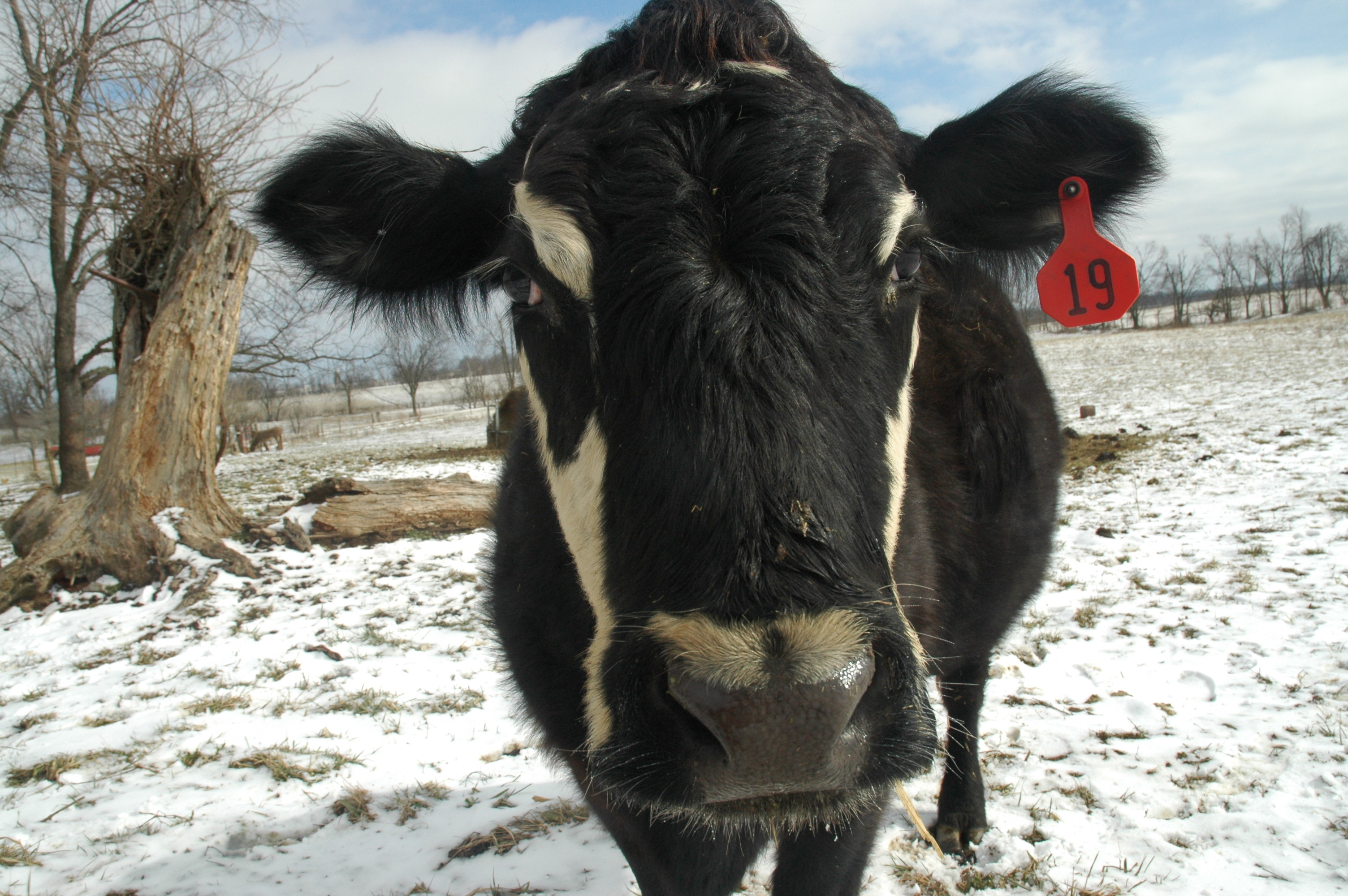Maybe you know this. Maybe you don’t. (I didn’t, until fairly recently.) But the money for building and maintaining nuclear weapons is NOT in the Pentagon’s budget. It’s in the budget of the Department of Energy. (Why?)
Just something to keep in mind as we all try to digest what the President means by “the largest investment in clean energy in history.”
The Institute for Policy Studies points out a few inconvenient truths (boldface is mine).
Despite Obama’s rhetoric about reshaping America’s energy future, he’s asking for a budget that would have the Energy Department continue to spend 10 times more on nuclear weapons than energy conservation. More than 65 percent of our energy budget covers military nuclear activities and the cleanup of weapons sites. Its single largest expenditure maintains some 9,200 intact nuclear warheads. Even though the department hasn’t built a new nuclear weapon for 20 years, its weapons complex is spending at rates comparable to that during the height of the nuclear arms race in the 1950s. Even with economic stimulus funding, the department’s actual energy functions comprise only 15 percent of its total budget and continue to take a backseat to propping up the nations’ large and antiquated nuclear weapons infrastructure. In fact, the Energy Department’s proposed budget for the 2011 fiscal year, minus stimulus money, looks a whole lot like it did in the Bush administration, and as it has during several presidents’ tenures.
And at Grist, David Roberts notes the expanded budget for building new nuclear reactors includes some potentially ginormous hidden costs:
To the naked eye it looks like nuclear energy wins out here:
The Budget substantially expands support for construction of new nuclear power plants by increasing the Department of Energy loan guarantees authority for such projects by $36 billion, to a total of $54.5 billion, and provides credit subsidy funding of $500 million to support $3 to $5 billion of loan guarantees for energy efficiency and renewable energy projects.
But it’s worth unpacking this. As OMB chief Peter Orszag emphasized in a briefing call this morning, the nuclear loan guarantees are meant to be fully repaid, while the renewable energy and energy efficiency money contains $500 million in credit subsidy. So there’s more direct spending on clean energy.
That’s with one big caveat, of course: that the nuclear industry doesn’t default on loans, sticking taxpayers with the liability. That could never happen, right? Ha ha. See Sue Sturgis and Dan Weiss on that subject. Or see the Congressional Research Service (PDF), which says the “federal government would bear most of the risk, facing potentially large losses if borrowers defaulted on reactor projects that could not be salvaged.” Or the Congressional Budget Office, which “considers the risk of default on such a loan guarantee to be very high—well above 50 percent.”

